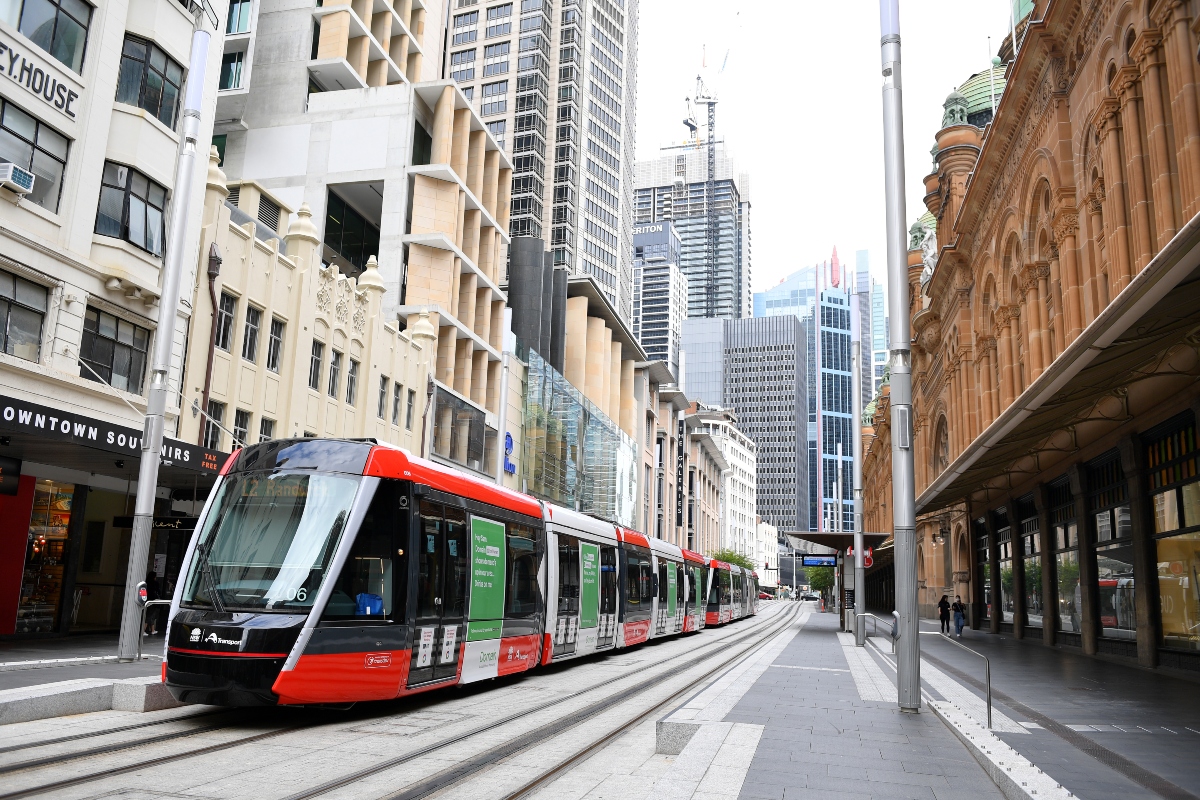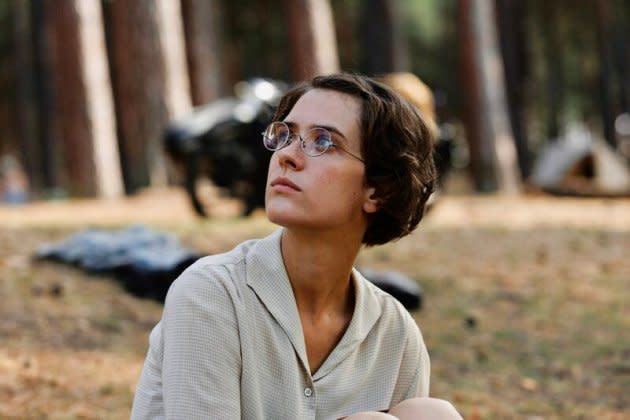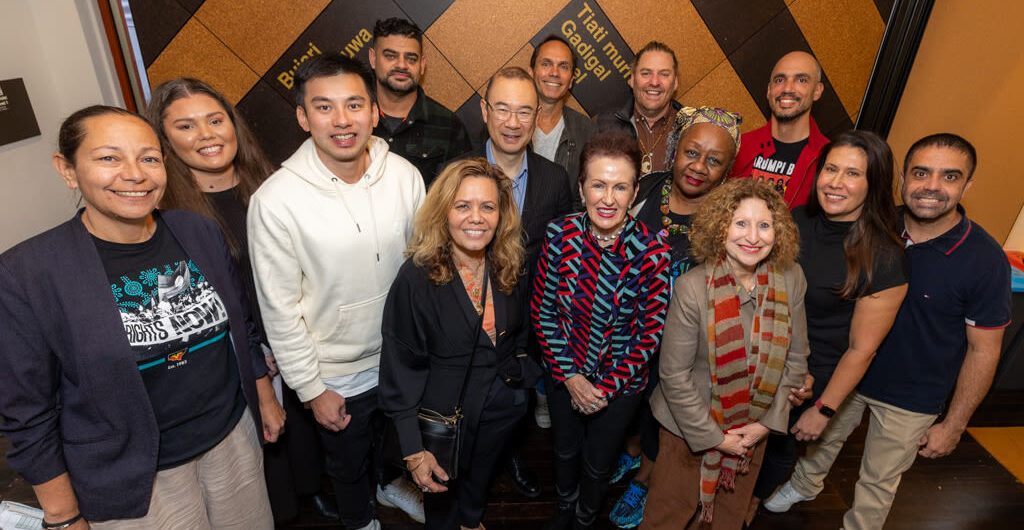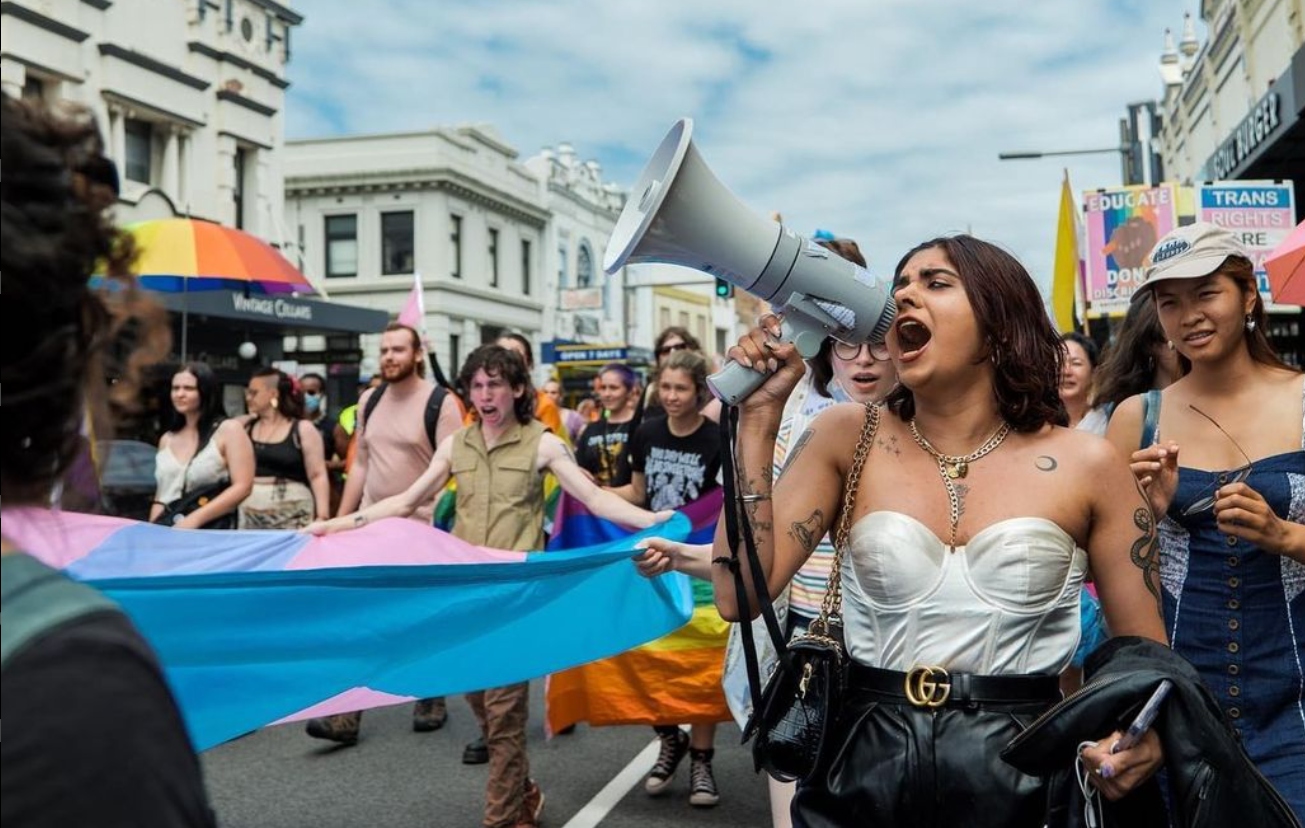
Light rail derailed in landmark compensation decision

By JOHN MOYLE
In a landmark decision a Supreme Court judge recently found that any business or resident who believes that they were adversely affected by the construction of the CBD and SE Light Rail would be eligible to apply for compensation.
In the decision Justice Richard Cavanagh found that a group of around 300 retailers and residents suffered from “unreasonable interference” from the construction of the 12km line from the CBD to Randwick and Kingsford.
“They had been promised minimal disruption and a staged process of construction, which would have seen them exposed to construction activities for months rather than years,” Justice Cavanagh wrote.
Justice Cavanagh spent almost two hours delivering his findings.
He added that Transport for NSW’s projections were “optimistic and not soundly based”.
“It hasn’t quite sunk in that it is towards ending and its very bitter sweet,” Angela Vithoulkas said.
Vithoulkas, a former cafe owner and City of Sydney councillor, was instrumental in bringing about the class action despite receiving countless legal opinions that it would not succeed.
“I paid for numerous legal opinions, all of which said I didn’t have a leg to stand on, that it was the state government and that they were allowed to do this,” Vithoulkas said.
“It took about 18 months to put the class action together and we had to find a funder and lawyers who were willing to take the case knowing that it was a long game.”
In the end Mitry Lawyers took the brief and have since spent almost $20 million putting the case on.
The line was originally meant to be constructed in 33 zones that would take around three to six months per zone, but with the discovery of unmapped utilities, this timeline blew out from the first section of track in 2016 in George Street, CBD, to 2019 for the Randwick section, and 2020 for the Kingsford line.
George Street was effectively shut down by barriers, noise and dust as the budget for the project ballooned from $1.6 billion initially to $2.1 billion in 2015 and $3.1 billion in 2020.
“They never once sat down to say how they were going to impact businesses along the route: there was no plan,” Vithoulkas said.
“The urge to push this through at all cost was totally politics and jobs for the boys.”
TfNSW estimates that around 3,000 businesses and residents along the route may have been impacted.
For 18 years Vithoulkas with her brother operated Vivo Cafe at 388 George Street, winning a number of business awards over that time, including Outstanding Cafe of the Year and Outstanding Business of the Year.
“Vivo (Cafe) was our flagship business and our reputation and we lost more than half of the business overnight as soon as construction started,” Vithoulkas said.
“No matter how much money this will give us it will never replace what we lost.”
While Vithoulkas is aware that TfNSW could appeal the decision she said “if they go to an appeal they are literally taking on the tax payer because we are the people funding them.”
Justice Cavanagh found that two businesses, Hunt Leather and restauranteur Ancio Investments, had both suffered from the construction.
“There is a call to action here, and that is if anybody feels that they were impacted by the light rail during or after construction ,and are able to demonstrate it, then they should come forward as they have an opportunity to be part of this class action and get compensation,” Vithoulkas said.
Anybody wishing to join the class action should contact Mitry Lawyers.









